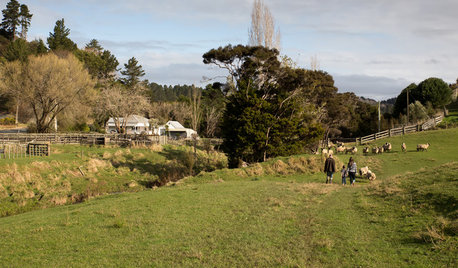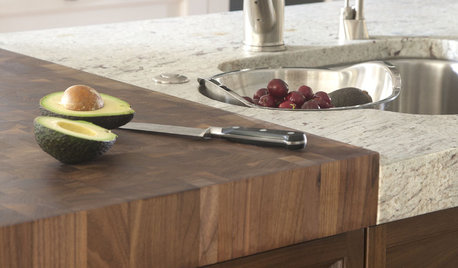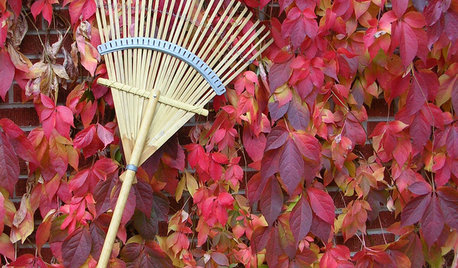help! exploding apple slices!
carlabee
15 years ago
Related Stories

HOUZZ TOURSMy Houzz: Their Own Little Slice of Country Life
A family makes its dream come true by moving into a century-old home in the rolling hills of New Zealand
Full Story
MOST POPULAR7 Ways to Design Your Kitchen to Help You Lose Weight
In his new book, Slim by Design, eating-behavior expert Brian Wansink shows us how to get our kitchens working better
Full Story
SELLING YOUR HOUSE10 Low-Cost Tweaks to Help Your Home Sell
Put these inexpensive but invaluable fixes on your to-do list before you put your home on the market
Full Story
COLORDreaming in Color: 8 Gorgeously Green Bedrooms
Bring in a bold splash of watery blue-green or a slice of soft celery for a colorful yet sleep-friendly sanctuary
Full Story
KITCHEN DESIGNKitchen Counters: Try an Integrated Cutting Board for Easy Food Prep
Keep knife marks in their place and make dicing and slicing more convenient with an integrated butcher block or cutting board
Full Story
EDIBLE GARDENSWhy Grow Quince? For Beauty, Fragrance and Old-Time Flavor
Delightfully perfumed fruit and lovely spring blossoms make this apple and pear cousin worth a spot in the garden
Full Story
KITCHEN DESIGN16 Scrumptious Eat-In Kitchens and What They Want You to Serve
Whether apple-pie cheerful or champagne sophisticated, these eat-in kitchens offer ideas to salivate over
Full Story
GARDENING GUIDESYour November Garden Checklist
What to do around the U.S. this month to help your garden thrive — when you're not admiring fall's brilliant colors, that is
Full Story
GARDENING GUIDESHow to Keep Your Citrus Trees Well Fed and Healthy
Ripe for some citrus fertilizer know-how? This mini guide will help your lemon, orange and grapefruit trees flourish
Full Story
KITCHEN DESIGNPalatable Palettes: 8 Great Kitchen Color Schemes
Warm and appetizing or cool and relaxing? These 8 paint palettes can help you choose the best colors for your kitchen
Full Story


readinglady
ksrogers
Related Discussions
Pear & Apple Recipes HELP!
Q
Can I can apple slices in apple juice or cider?
Q
Canning apple slices question
Q
Vertical knives for chopping or slicing
Q
digdirt2
ksrogers
gran2
carlabeeOriginal Author
digdirt2
ksrogers
carlabeeOriginal Author
readinglady
digdirt2
ksrogers
carlabeeOriginal Author
ksrogers
digdirt2
carlabeeOriginal Author
digdirt2
carlabeeOriginal Author
ksrogers
digdirt2
carlabeeOriginal Author
macybaby